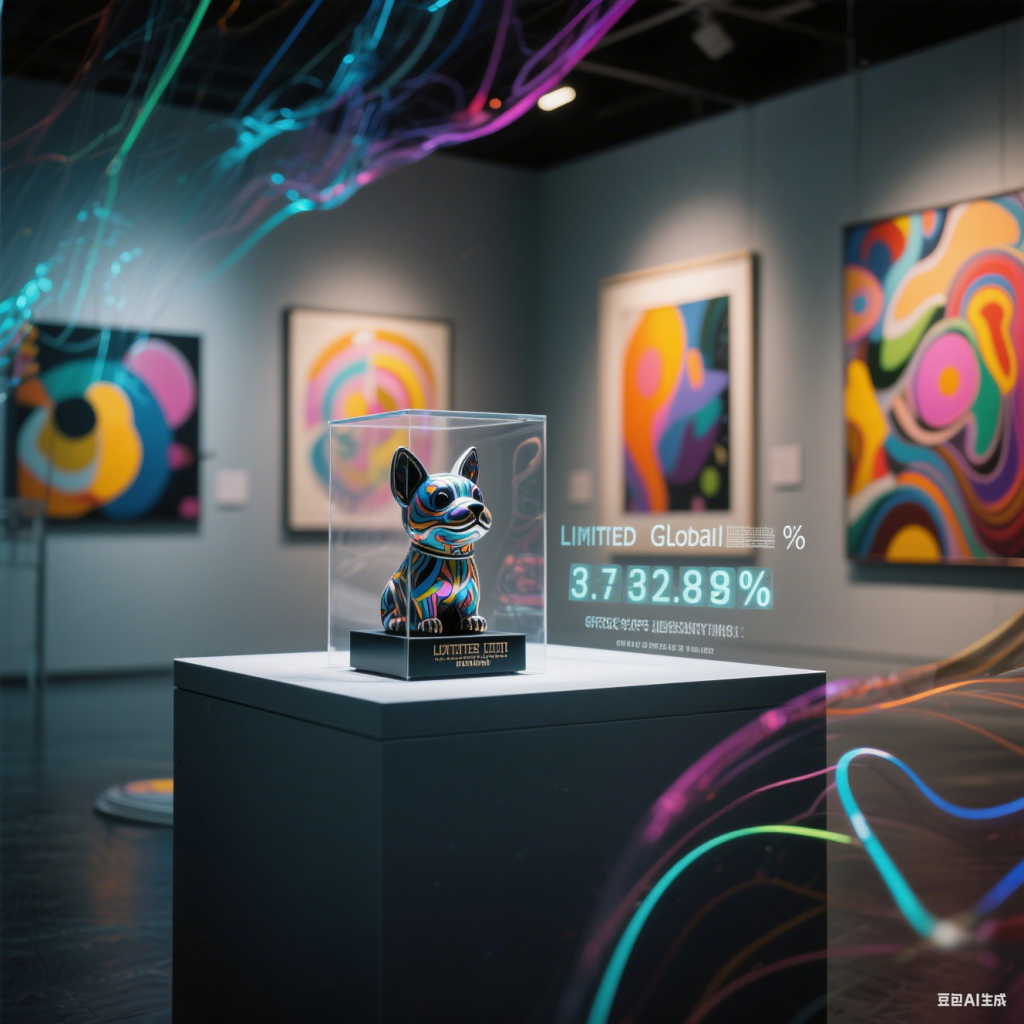In an era where mass-produced pet urns collect dust on shelves, a new cult phenomenon is emerging: exclusive artist-designed pet memorials that sell out in minutes and fetch astronomical prices on resale markets. But what’s driving this obsessive demand?
1. The “Art Heist” Psychology Behind the Hype
These pieces tap into three primal drivers:
- Scarcity Theater: Most releases are limited to 10-50 units globally, with some artists deliberately destroying molds after production.
- Emotional Speculation: Like Banksy shredding his artwork, one sculptor gained fame for embedding a mechanism that “buries” the piece if displayed incorrectly.
- Crypto Collectors: NFT-style certificates of authenticity now track ownership history, turning memorials into tradeable assets.

2. Secret Techniques That Command Premiums
Top creators employ bizarre, labor-intensive methods:
- Glass Alchemy: One studio mixes cremation ashes with medieval stained-glass techniques, creating prismatic effects that change with sunlight.
- Bio-Resin Time Capsules: Flowers from the pet’s favorite park + fur strands are suspended in resin that develops new patterns over decades.
- Sonic Fossils: Recording a pet’s purr/barks at specific frequencies, then translating them into 3D-printed sculptures.
3. The Underground Trading Scene
A secondary market operates on coded Telegram channels where:
- Pieces appreciating 300%+ in a year get traded like blue-chip art
- “Provenance hunters” track down memorials owned by celebrities (rumors say a certain Marvel star owns seven)
- Forgery rings now target high-profile pet memorial artists
4. Why Museums Are Taking Notice
The Venice Biennale recently featured a “Pet Memorials as Contemporary Art” exhibit highlighting:
- A chess set where each piece contains ashes of a different species
- A “living memorial” where cloned pet bacteria grows in patterns mimicking the animal’s coat
- Protest pieces like a golden urn that slowly dissolves to critique commercialization of grief
The Irony?
These memorials often become more about the owner’s identity than the pet itself. As one anonymous collector confessed: “I don’t even post about my dead cat anymore – people just ask which artist made his urn.”
art heist psychologyartist-designed pet urnsbio-resin pet artcontemporary pet memorialsemotional speculative artexclusive pet artgrief commodificationlimited-edition pet memorialsluxury pet memorialsmemorial art appreciationmemorial art collectiblesmemorial art investmentmuseum-worthy pet memorialspet art forgerypet art secondary marketpet memorial provenancepet memorial scarcitypet memorial techniquessonic pet sculptures
